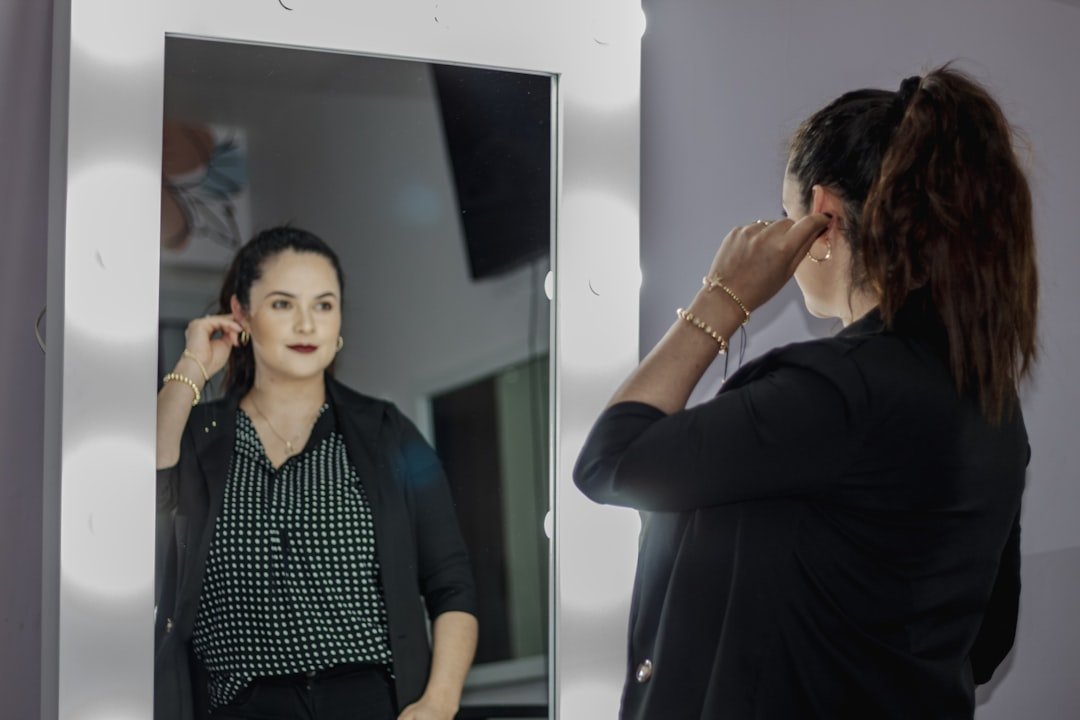The Rise of Virtual Try-On: A Revolution in Retail
The fashion and beauty industries are undergoing a significant transformation, driven by the rapid advancement of artificial intelligence (AI). At the forefront of this revolution is virtual try-on technology, an innovative tool that allows customers to virtually experience products before purchasing them. This technology is no longer a futuristic concept; it’s rapidly becoming the norm, enhancing customer experiences and revolutionizing marketing strategies.
How AI Powers Virtual Try-On
AI algorithms are the engine behind this transformative technology. Sophisticated computer vision and machine learning techniques analyze images and videos in real-time, accurately mapping products onto a user’s face or body. This requires powerful algorithms capable of understanding facial features, body shapes, and lighting conditions to provide a realistic and engaging experience. Advanced techniques like 3D modeling and augmented reality (AR) further enhance the realism, creating a seamless integration of the virtual product with the user’s appearance.
Benefits for Businesses
The implications for businesses are significant. Virtual try-on technology offers several compelling advantages:
- Increased Sales and Reduced Returns: By allowing customers to visualize products on themselves, virtual try-on minimizes the risk of purchasing the wrong size, color, or style. This directly leads to increased sales and a substantial reduction in costly returns.
- Enhanced Customer Experience: The interactive and engaging nature of virtual try-on creates a more personalized and enjoyable shopping experience, fostering customer loyalty and positive brand perception.
- Cost-Effective Marketing: Virtual try-on offers a cost-effective way to showcase products to a broader audience, eliminating the need for costly physical try-on facilities or print advertising campaigns.
- Data-Driven Insights: The data generated through virtual try-on interactions provides invaluable insights into customer preferences and behavior, which can be used to inform future product development and marketing strategies.
Benefits for Consumers
The advantages for consumers are equally compelling:
- Convenience: Shopping becomes more convenient and accessible, eliminating the need for physical store visits or waiting for product delivery.
- Time Savings: Customers can try on numerous products in a matter of minutes, saving significant time compared to traditional shopping methods.
- Reduced Uncertainty: Virtual try-on reduces the uncertainty associated with online shopping, leading to more confident purchase decisions.
- Exploration of Styles: It allows for experimentation with styles and looks that a customer might be hesitant to try in a physical store.
The Future of Virtual Try-On
The future of virtual try-on technology is bright, with continuous advancements expected in several areas. Improved AI algorithms will deliver even more realistic and personalized experiences. Integration with other technologies, such as virtual reality (VR), will create immersive and interactive shopping environments. We can expect to see wider adoption across various product categories, beyond fashion and beauty, including eyewear, jewelry, and even furniture.
Challenges and Considerations
Despite its numerous benefits, virtual try-on technology also faces certain challenges. Ensuring accurate and consistent results across different devices and lighting conditions remains crucial. Addressing concerns about data privacy and security is also essential for building consumer trust. Furthermore, the technology needs to be accessible to all users, regardless of their technological proficiency.
Conclusion
Virtual try-on technology, powered by AI, is transforming the fashion and beauty industries, enhancing both customer experiences and business operations. As the technology continues to evolve, it will undoubtedly play an even more significant role in shaping the future of retail and marketing. By embracing this innovation, businesses can create more engaging shopping experiences, drive sales, and build stronger relationships with their customers.








